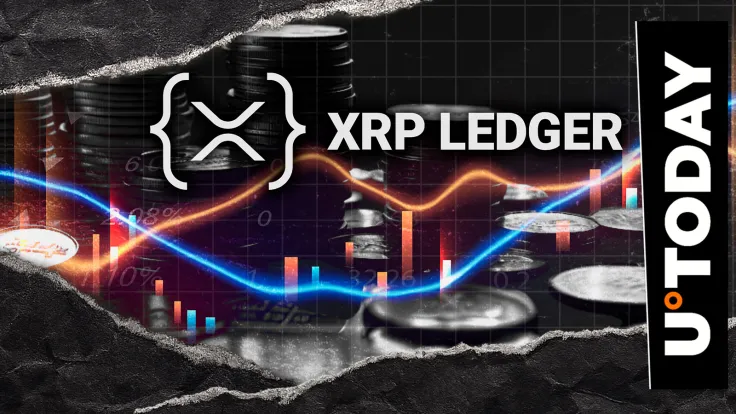Technical analysis becomes useless when traders use it to create decorative charts. Prop firm trading relies on technical analysis as the steering wheel. It creates organized structures for decision-making.
Clear invalidation methods keep trades disciplined. Risk management follows strict, rule-based protocols. When evaluating, programs create a brief list and ask each candidate to demonstrate how their rule system will simplify your operations.
A process that remains simple will become your daily operational routine. Many new traders compare firms like Precision Funding with similar providers.
They study how each firm’s risk management systems are structured. They also look at news-based trading windows and payout schedules. All of this is measured against technical, rule-based trading methods.
Prop firm trading
A prop (proprietary) firm lets you trade their money instead of your own. You usually go through a short evaluation phase and aim for a realistic profit target. The key is to achieve it without breaking risk rules such as daily loss limits or maximum drawdown.
What is Technical Analysis?
Technical analysis examines price movements because markets display recurring patterns from buyer-seller interactions. However, past performance does not predict future results.
Analyzing trend, momentum, support/resistance, and volatility guides traders in choosing trading locations and entry points. It also helps them quickly spot and correct incorrect positions.
The prop-specific twist on classic TA
A personal account lets you experience the emotions of a chaotic day through your senses. The prop account resolves disputes through established rules. That means your charts must do three practical jobs:
1. Location beats prediction. Investors should base their trades on actual market levels instead of trying to predict where prices will be. The stop-loss should hide behind actual price movements instead of depending on optimistic expectations.
2. Triggers filter the noise. A simple trigger, like a breakout followed by a retest and rejection wick, helps confirm setups. Momentum shifts through a tested moving average also reduce false starts.
3. Risk math lives on the ticket, not in your head. Back-solve size from stop distance so every trade risks a fixed fraction of equity (your “1R”). When your day hits 3R, you’re done, that one line preserves both the evaluation and your sanity.
Building a day you can copy 20 times
Good technical traders operate with only two or less trading setups, which they can describe through five simple sentences. The preflight process should be brief and integrated into your pattern as a standard procedure.
A clean, technical routine for passing (and keeping) a funded account
• Mark the map before the bell. HTF trend, key levels, and the “do-not-trade-into” zone where you regularly get chopped.
• Two A-quality attempts. B-ideas wait for another day; frequency is not a KPI.
• Respect spreads and volatility. If post-news spreads are >1.5× their normal, let them normalize first, it’s a silent tax.
Using indicators without letting them use you
Price indicators should provide concise summaries instead of replacing actual price data. Trend alignment becomes possible through moving averages.
At the same time, ATR helps you set stops that protect against market noise while maintaining controlled risk levels. The tools for divergence analysis help you reduce your trading speed when markets reach their peak.
However, you must use your established price levels to make trading decisions. The test requires you to disable all indicators so you can determine if the trading level and trigger remain visible.
Cost, slippage, and the reality that your chart can’t show
A textbook pattern becomes meaningless when the fill quality is poor. Your trading plan should account for three main session costs. These are commission fees, trading spreads, and normal market slippage.
Technical analysis becomes effective only when it operates within the actual market environment instead of an idealized, perfect market.
Payouts, paperwork, and staying calm
Technical traders who last treated admin like risk control. The system requires users to verify payout confirmations through bank/wallet receipts. It should be stored in a single dated folder.
Bottom line
Technical analysis functions as the prop trader’s most valuable ally when it operates under established rules. The system uses entry levels to define when you can access the market. Stop loss points come from invalidation levels, while fixed-R sizing sets the position size.
The system shows equity levels while adhering to firm-set trading windows. It applies the same small trading plan consistently, whether on busy Fridays or slow Tuesdays.
Your charts will become powerful tools for success when you stay consistent with this approach. Over time, they will guide your trading decisions with clarity. This can open funding opportunities and lead to consecutive profitable weeks.
Source: https://www.thecoinrepublic.com/2025/10/25/how-to-use-technical-analysis-effectively-in-prop-firm-trading/


